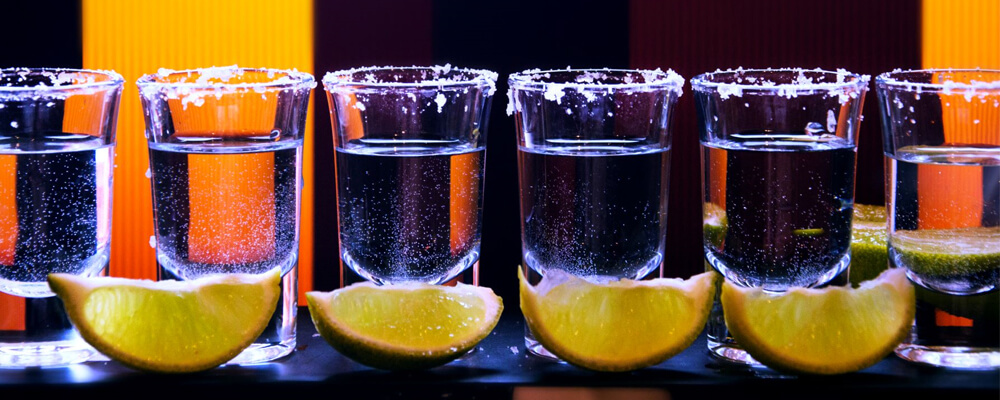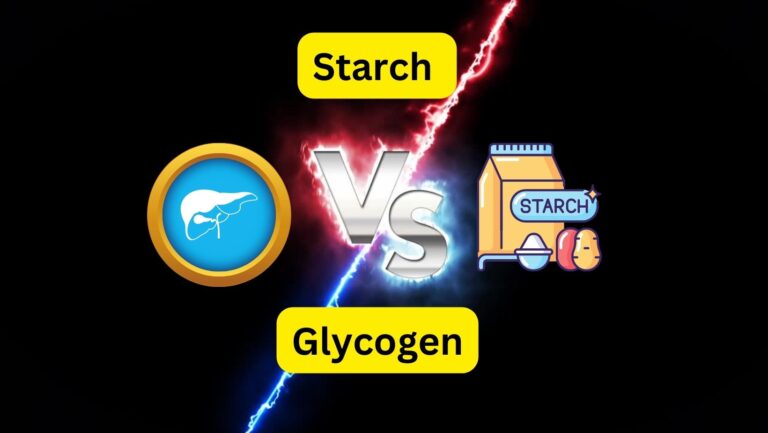
What is the difference between gold and silver tequila. Is this the question in your mind right now? Every adult has a moment in their lives when they realize that tequila is more than just a Saturday night drink. Although it makes a great margarita, tequila is also a fine spirit. However, tequila connoisseurs will tell you that it can be just as sophisticated and refined as brandy, bourbon, or cognac.
The juice from the blue agave plants is what makes all tequilas. They become more sweet and mellow the longer they are aged. You get a special spirit when you age tequilas. It’s rich, spicy, and mellow. The newest tequilas are the ones that have been aged the least. They are bright, green, and grassy. They retain the best agave flavor.
What is Gold Tequila?
Gold tequila, despite its color, is rarely aged. You might even call gold tequila a fraud, or a marketing gimmick. Many times, gold tequila results from caramel coloring being added to agave juices prior to fermentation. This gives the spirit a more refined look. Because they take longer to age, aged tequilas are more expensive. The metallic color of gold tequila might suggest that it is a better choice. If the label does not state 100% agave, you should check the ingredients. Most likely, you’ll see caramel coloring or sugar.
You can still buy 100% agave tequila. To achieve a golden color, there are two options. First, producers can combine cheaper blanco or silver Tequila with older Tequilas, such as reposado to create a solid gold spirit. They can also age the tequila in barrels for up to 60 days to allow it to absorb color before bottling.
Shots are often made with gold tequila. A short aging or additives can make the taste of gold tequila slightly sweeter than fresh. Bartenders often use gold tequila to enhance the fruity flavors of margaritas because of its sweetness.
What is Silver Tequila?
Silver tequila is also known as blanco or white tequila. It’s the first spirit made from distilled agave juices. Although it is often bottled right after distillation, some producers age it for up to 60 days. This preserves the wild agave flavors you would expect from a silver-tequila.
Silver tequila is the most affordable option, as it requires minimal effort from the distiller. This tequila is the most affordable and best for mixing drinks like Tequila Sunrise. Its bright, agave-like essence shines through sweet and tangy flavors and doesn’t alter other flavors. The more complex the tequila (i.e. The more aged tequila, the less it will pair well with other ingredients in a cocktail. Let’s check below what is the difference between gold and silver tequila?
What is the Difference between Gold and Silver Tequila
Visually discerning the differences in tequilas is easy for the untrained eye. The spirit is usually clear or golden in color. There are many terms on labels that can be used to describe the contents of bottles.
Vinepair says that silver and gold are not categories but are instead treated as such by cheaper brands like Jose Cuervo. First, silver tequila refers to the unaged spirit. Things get more complicated when you add gold.
According to Thrillist gold tequila is available in two forms. The first type is what has caused so many people shot-induced PTSD. It’s the stuff made from less than pure agave and artificial flavors and colors such as oak extract or caramel color.
The second blend is less well-known and made up of 100% agave and aged tequila. It can be difficult to distinguish between the two types of Tequilas. The folks at Sip Tequila have made it easy by breaking it down into a simple formula. If it makes you head hurt the next morning, it’s probably the cheaper stuff. But if it makes you happy and makes you enjoy a sip, it’s the good kind of Gold.






